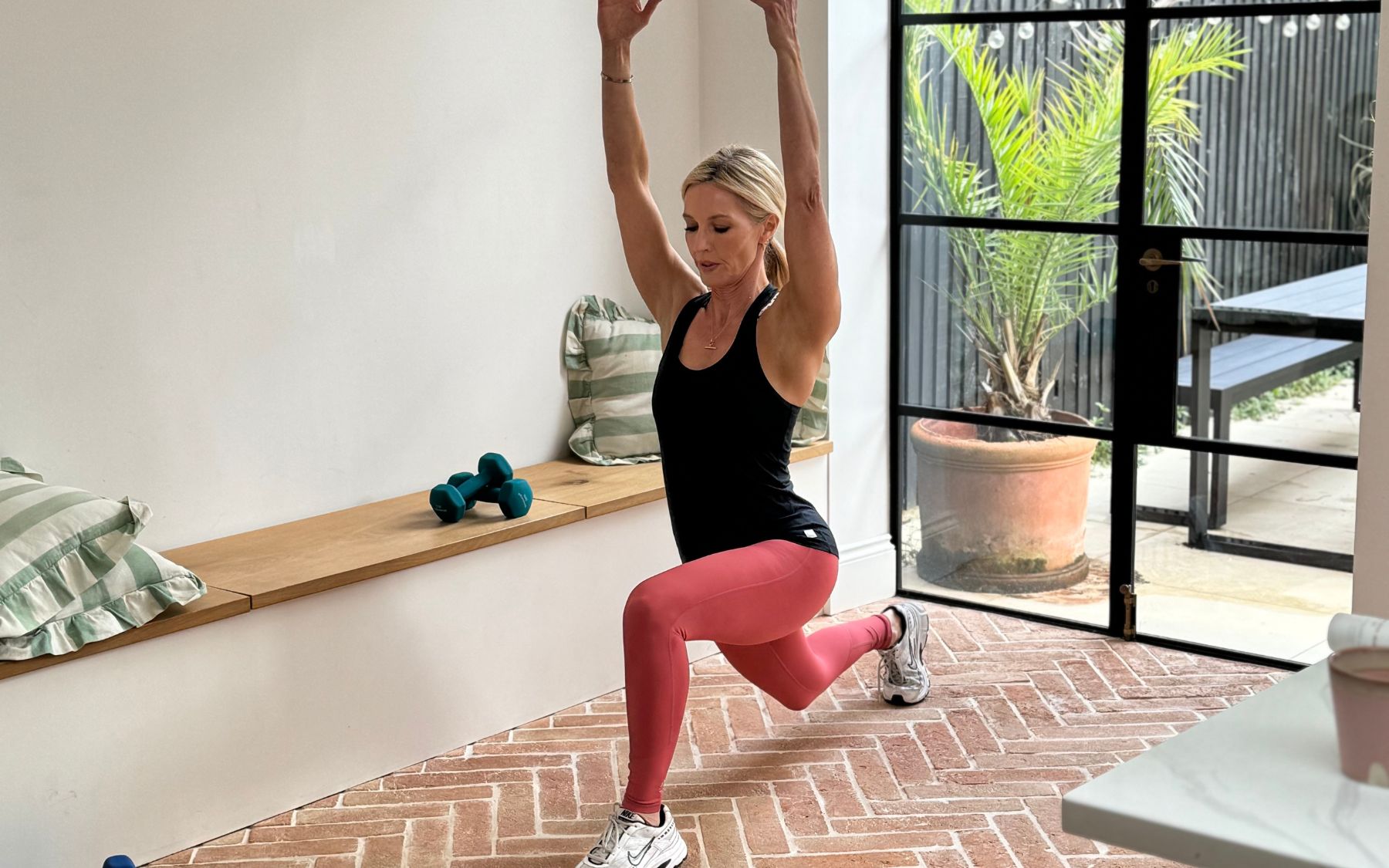Understanding heart rate and training zones is great for optimising your workouts and achieving specific fitness goals. It is not by all means the only way to monitor your workouts but some people do like to use their heart rate as an indicator during a workout, training session or run so I thought I would look deeper into this. The heart rate is a measure of how many times your heart beats per minute (bpm), and it can provide valuable insights into the intensity of your exercise. Training zones are specific heart rate ranges that correspond to different exercise intensities, each serving a different purpose in terms of fitness improvement.
Here's a general breakdown of training zones:
1. Resting Heart Rate (RHR):
- This is your heart rate when you are at complete rest, typically measured in the morning before you get out of bed or after a period of sitting still in a relaxed environment.
- It serves as a baseline for tracking changes in your cardiovascular fitness – generally speaking a lower resting heart rate is associated with higher levels of fitness.
2. Maximum Heart Rate (MHR):
- This is the highest heart rate you can achieve during intense exercise.
- An estimate of your MHR can be calculated using formulas (e.g. 220 minus your age), but individual variations exist.
3. Heart Rate Reserve (HRR):
- Heart rate reserve is the difference between your max heart rate and your resting heart rate.
- It provides a range within which your training zones are defined.
4. Training Zones:
- Zone 1 (50-60% of HRR): Very light intensity, suitable for warm-up and cool-down exercises. It helps improve general cardiovascular health.
- Zone 2 (60-70% of HRR): Light to moderate intensity, good for building aerobic endurance and burning fat.
- Zone 3 (70-80% of HRR): Moderate to moderately high intensity, beneficial for improving aerobic and anaerobic fitness.
- Zone 4 (80-90% of HRR): High intensity, used for interval training to improve anaerobic capacity and speed.
- Zone 5 (90-100% of HRR): Maximum effort, suitable for short bursts of high-intensity exercise. This zone helps improve speed and power.
How to Determine Your Training Zones:
1. Maximal Tests: Conducting maximal tests, such as a graded exercise test, can provide accurate data on your max heart rate.
2. Estimation Formulas: While less accurate, formulas like 220 minus age, can provide rough estimates.
3. Fitness Trackers and Wearable Devices: Many modern fitness trackers and smartwatches use heart rate data to estimate training zones. They often consider your age, sex, and fitness level. Be warned some can be wildly inaccurate and vary massively in results.
4. Perceived Exertion: Listen to your body and use the perceived exertion scale (1 to 10) to gauge the intensity of your workout. It can complement heart rate monitoring.
Regularly monitoring and adjusting your training based on heart rate and training zones can help you achieve specific fitness goals, whether it's improving endurance or increasing speed and power. However, using your body and focussing on how you feel as well as tracking reps and sets are also excellent markers for monitoring progress and fitness.
Have you incorporated this into your own training? If so I would love to hear from you and how you have used the data.
As always, any questions please get in touch.
Caroline x







